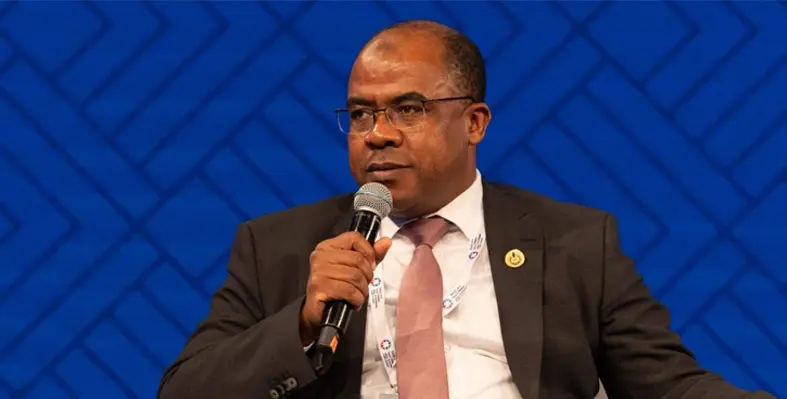Libya is all geared up to present to Italy its robust oil & gas plan at a half-day strategic programme called the Libya-Italy Roundtable and VIP Networking Evening in Rome
As a primary importer from a top oil-reserve holder, Italy's relationship with Libya dates back to 1959, when Eni first started its operations in the region. With natural gas demand currently fuelling the market as the cleaner alternative to oil, Libya has set off a robust gas monetisation plan. The latest development of Eni's partnership with Libya’s National Oil Corporation (NOC) includes the initiation of supervision and the subsea intervention services of the GreenStream pipeline that has been put on place to direct gas from the Bahr Essalam and Bouri fields to be delivered to European markets. Defined as the GreenStream BV, the partnership has entrusted Saipem with an extensive contract scope ranging from integrating survey data and critical spares, specialised engineering services related to asset integrity and readiness services for repair interventions in case of a wide range of damage scenarios.
The Bahr Essalam and Bouri offshore fields, along with onshore fields in the Sirte Basin, are operated by Mellitah Oil & Gas – a joint venture between Eni and the NOC. A prime source for its gas market, Italy is heavily invested in the development of the one-billion-dollar, offshore subsea Bouri Gas Utilisation Project, which aims to capture associated gas from two offshore platforms at the Bouri field development. The ejected gas will then be transported to the Mellitah Complex – a major hub for gas production, processing and export – and delivered to European markets once production begins in 2026.
With a plan to increase the utilisation of pipeline capacity up from 25%, the partners have further signed an US$8bn gas production deal to develop two offshore gas fields – Structures A and E – set to produce 750 mn cu/ft of gas per day by 2026. Signed last year, this has been designed to serve not only the international, but also the domestic market.
Decarbonisation of the sector remains crucial for Libya, as the country is aiming 12 new projects to reduce and convert flared gas to green ammonia and power for export. To bring this alive, however, requires an estimated US$4bn in local infrastructure improvements as reported by Wood Mackenzie.
Licensing round in 2025
To further exploration activities, Libya is preparing to open an oil and gas licensing round early-2025, targeting concessions in the Murzuq, Ghadames and Sirte basins. The country's newly appointed Minister of Oil & Gas, Khalifa Abdulsadek, is eyeing international events such as African Energy Week after Gastech for its promotion. “We are open for business and looking for investors,” he said.
This comes at a time when the region is already garnering investor interests as expressed by more than 30 companies in its marginal assets alone. With an aim to produce 2 mn boe and 4 bn cu/ft of natural gas per day within the next three to five years, the NOC has ramped up maintenance work, targeting enhanced production from at least 36 wells, and kickstarted a US$17-US$18bn initiative for the identification of 45 greenfield and brownfield projects to meet production goals. A recent gas discovery has also been reported by Sirte Oil.
A consortium comprising Eni, TotalEnergies and Abu Dhabi National Oil Company is also developing and exploring oil and gas fields in the NC-7 block in the Ghadames Basin, targeting 2.7 trillion cu/ft of gas to boost domestic production. In May this year, US$1.23bn was allocated to develop the NC-7 block – operated by a consortium led by Italian multinational energy company Eni – with a view to monetising 2.7 trillion cu/ft of gas in the Ghadames Basin.




